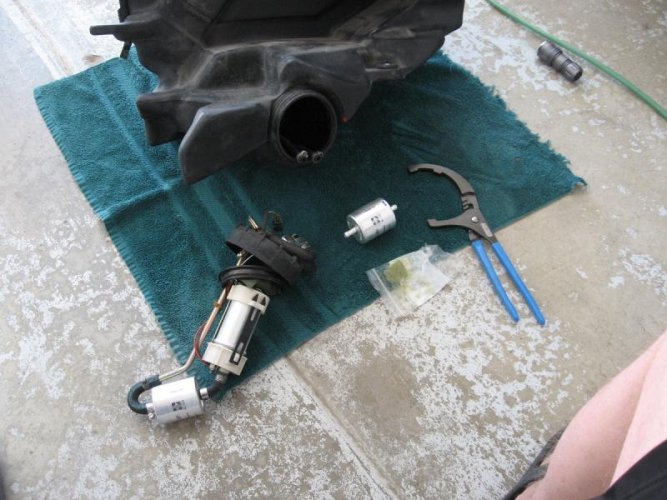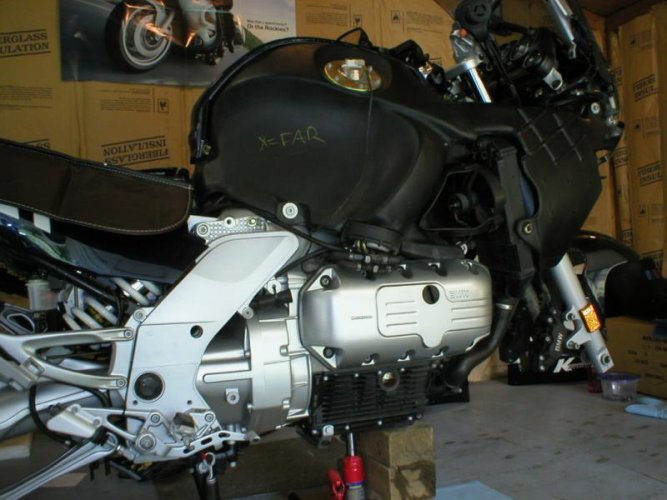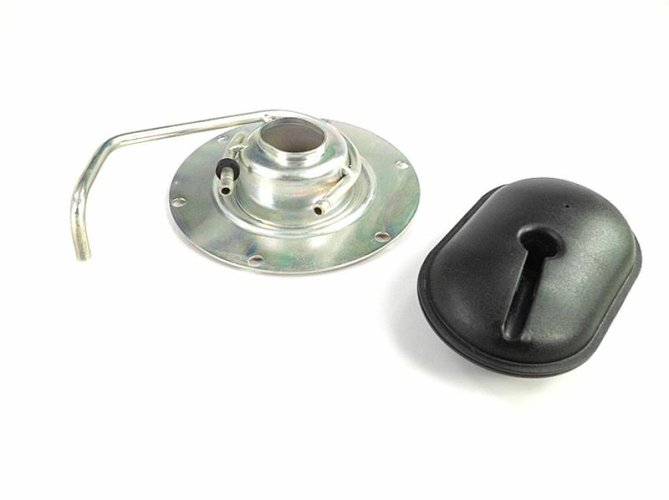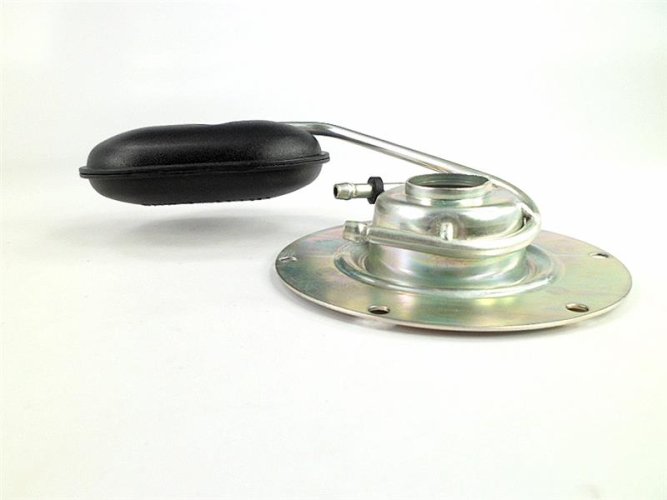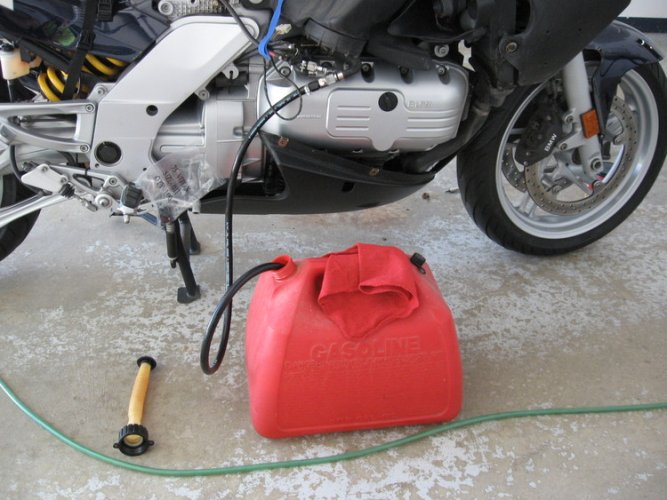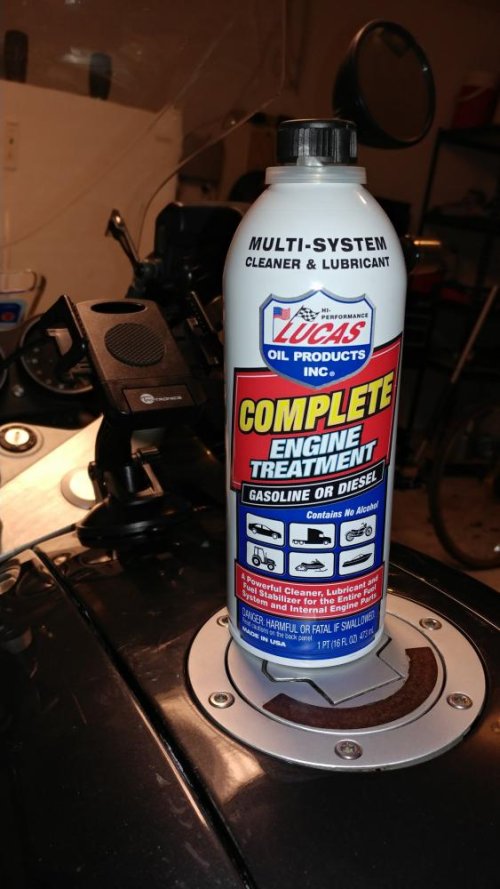Help! What seemed to be a simple, normal maintenance item has turned into an overly-complicated task. I have disassembled the tank, removed the fuel pump/filter assembly ring and the two other rings on the tank, in an effort to get the filter out. I was not aware of the two hoses that connect the pump to the filler ring and now see that the hoses have to be disconnected to get the pump/filter assembly out. In addition, the float has become disconnected and I cannot see where it goes or how to get it reconnected.
What am I doing wrong?
Would you please advise on how to direct me to get this "simple" maintenance item replaced and get the tank put back together? If you know of an exploded diagram I could view, that might help, too. TIA!
What am I doing wrong?
Would you please advise on how to direct me to get this "simple" maintenance item replaced and get the tank put back together? If you know of an exploded diagram I could view, that might help, too. TIA!

